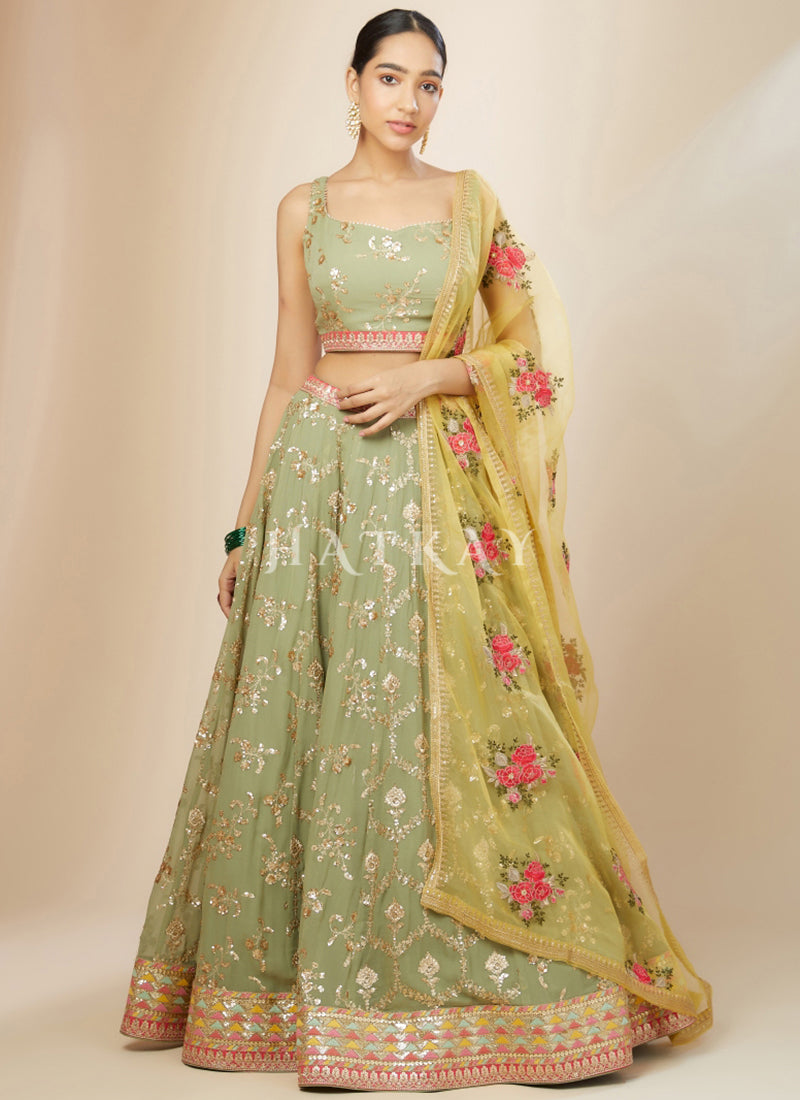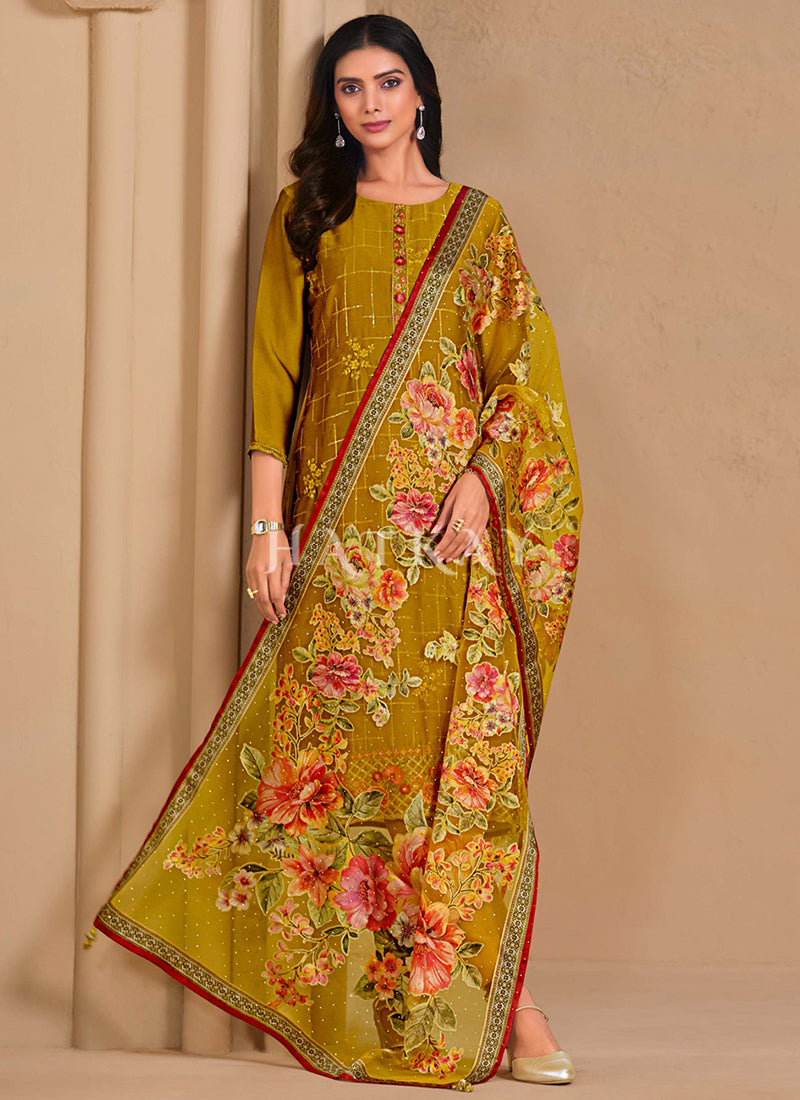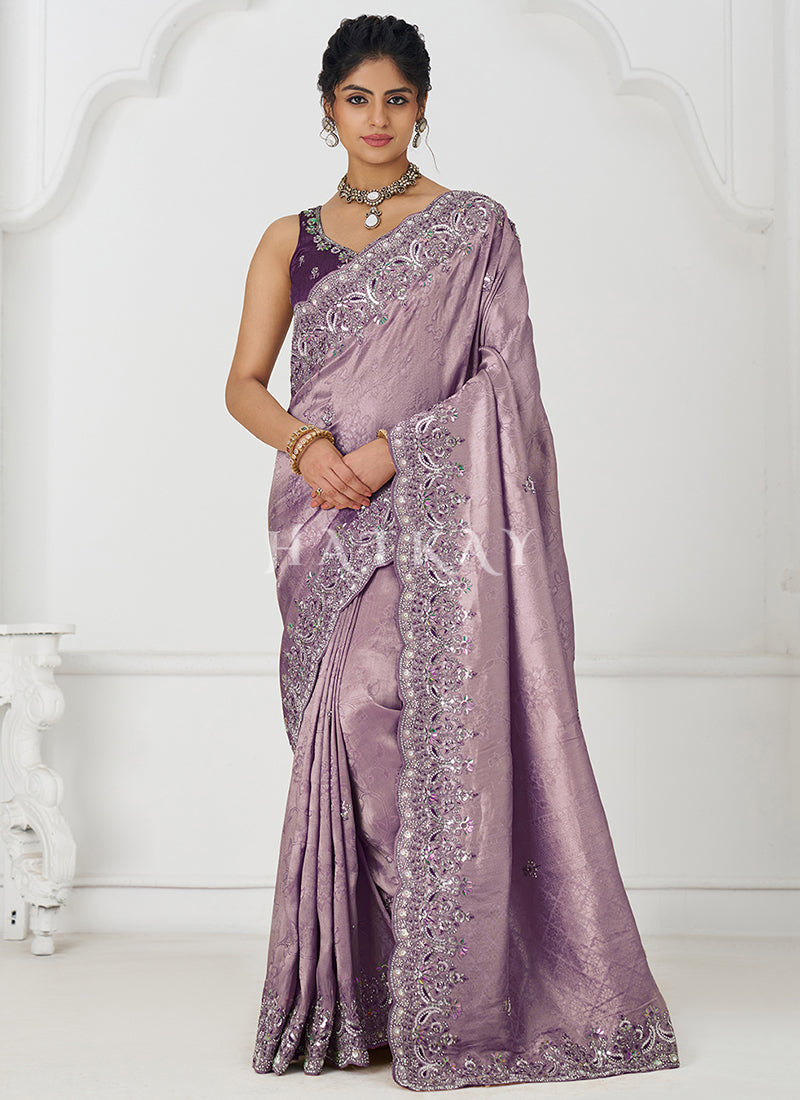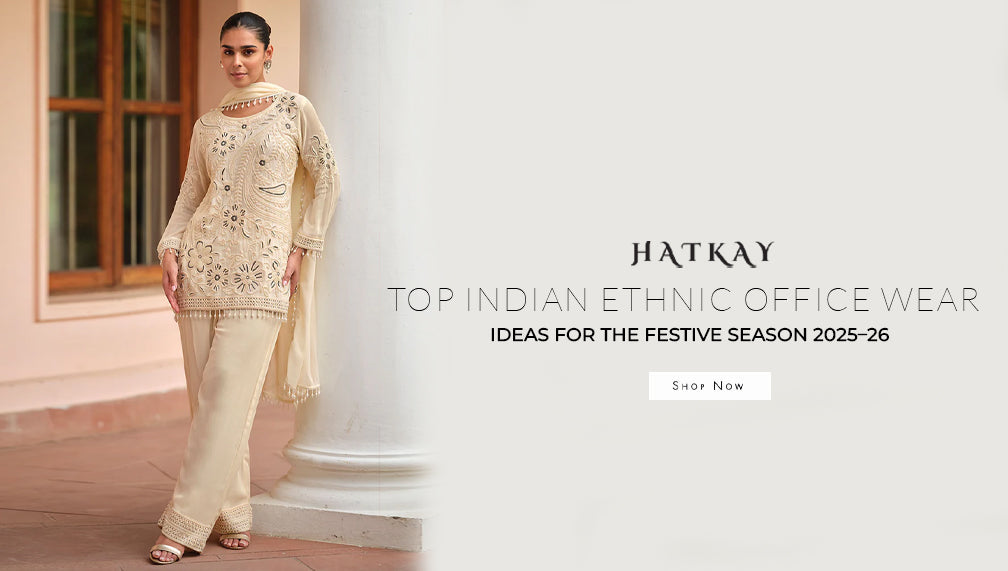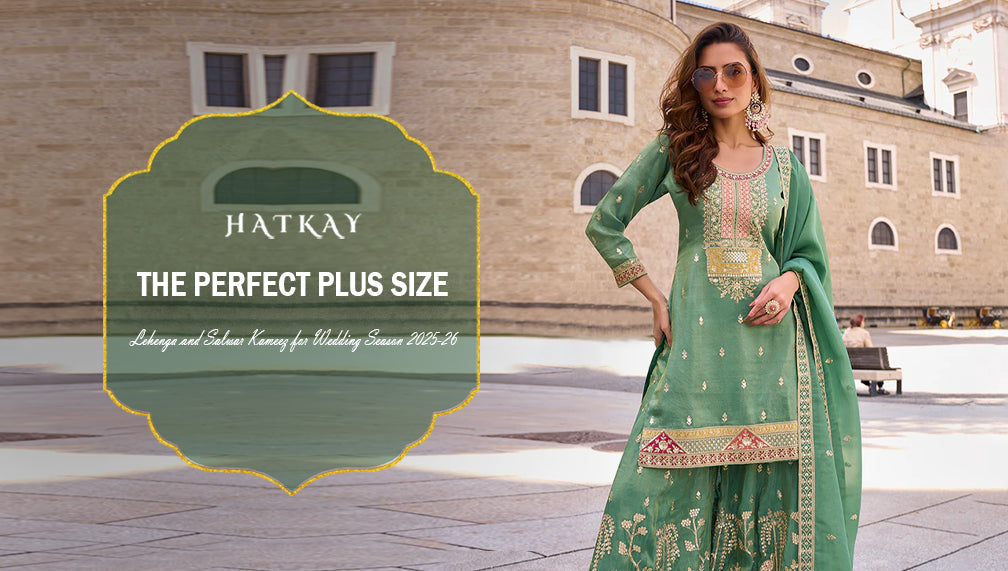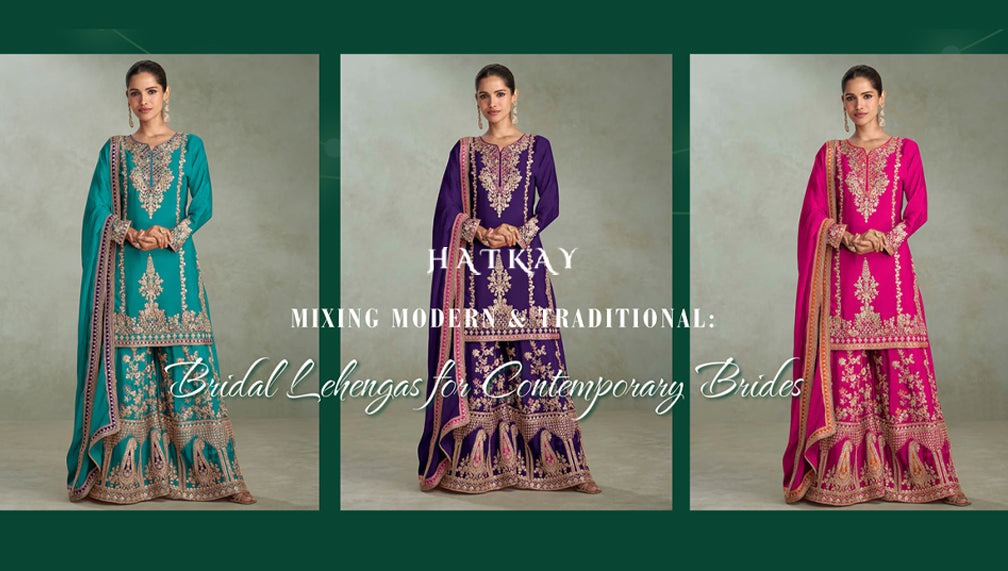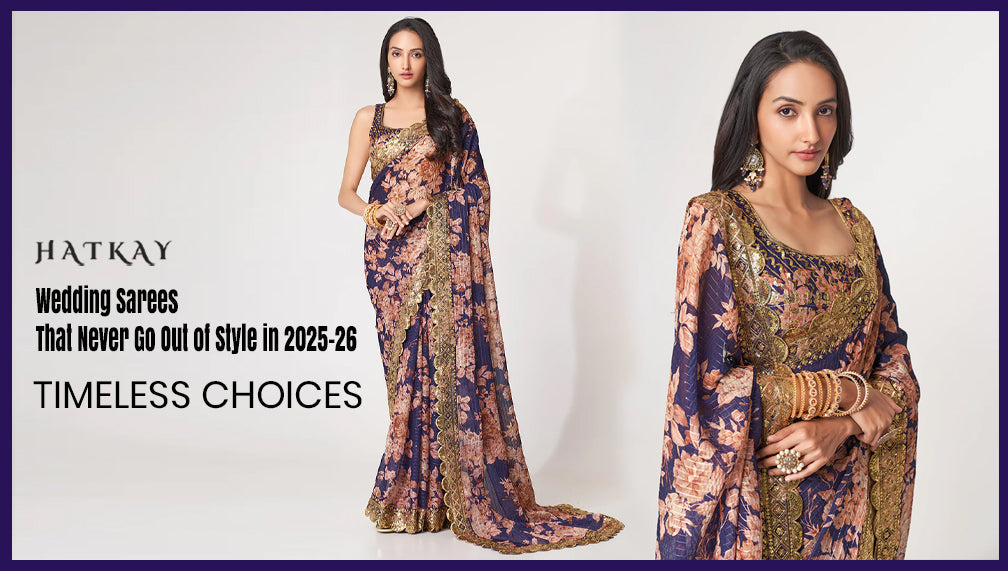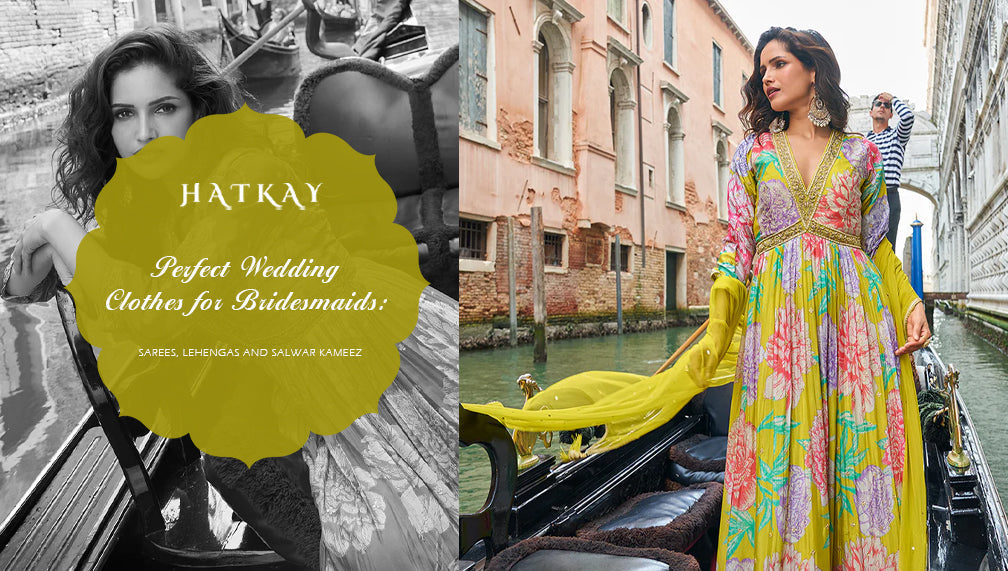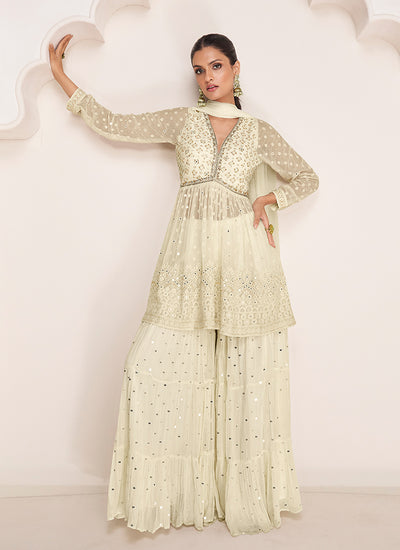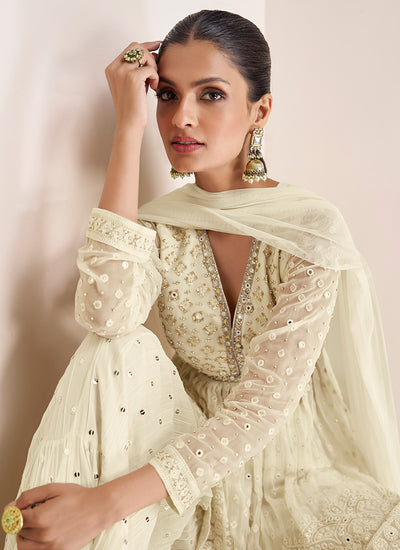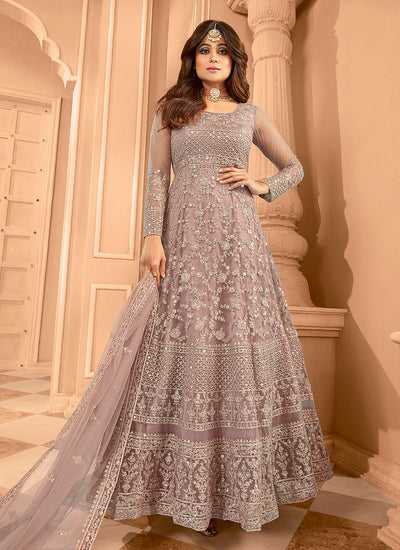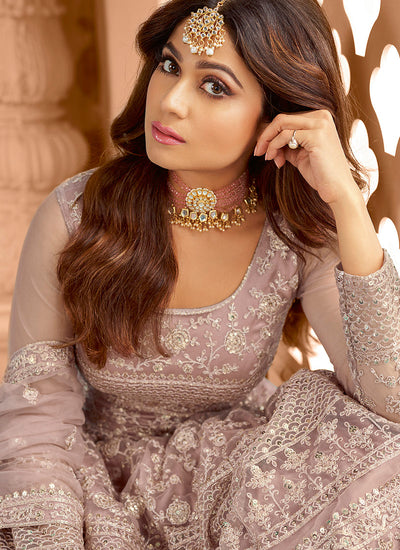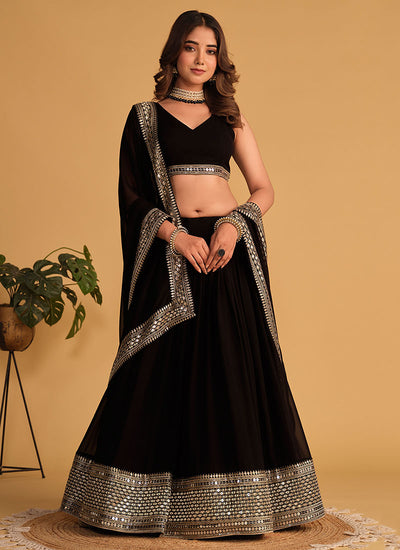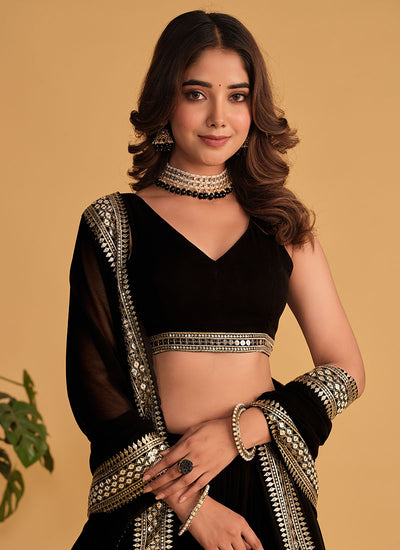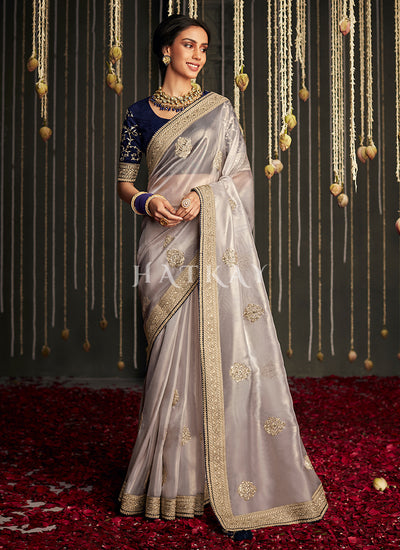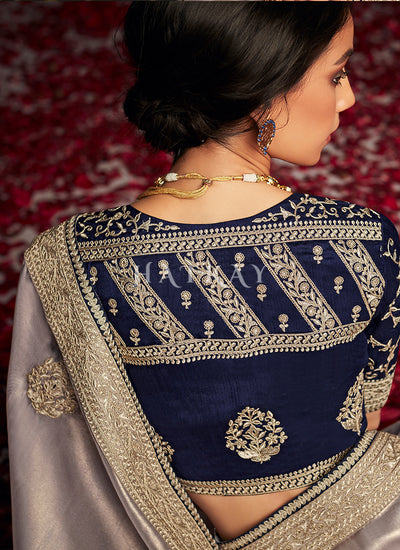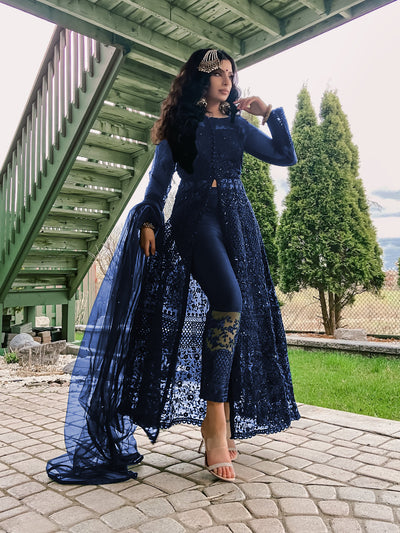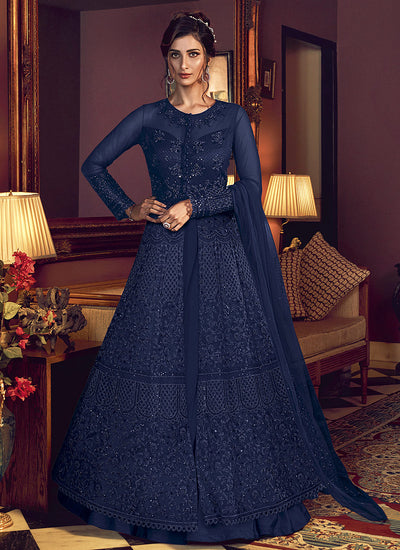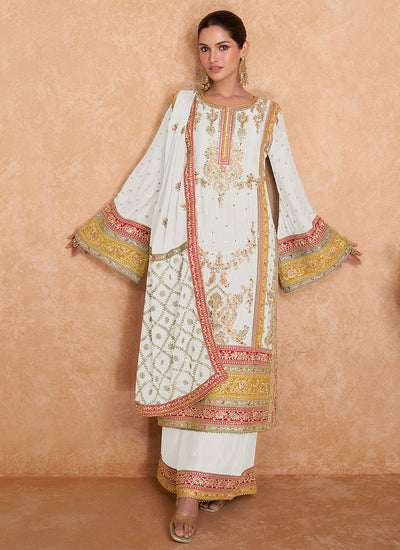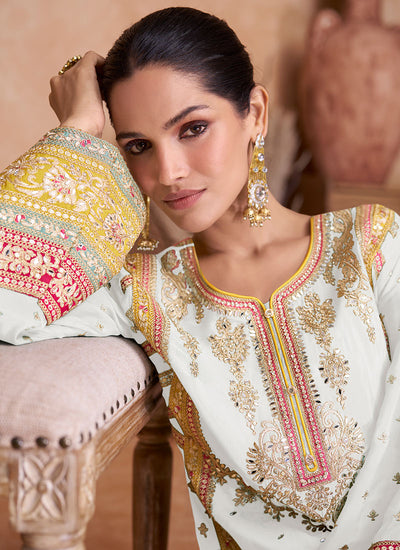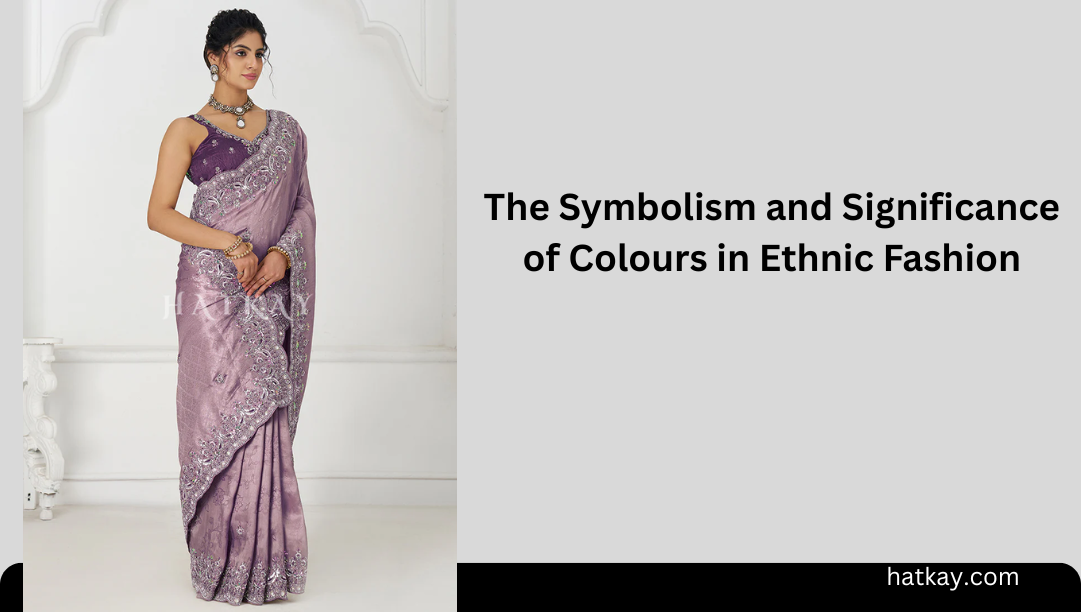
The Symbolism and Significance of Colours in Ethnic Fashion
Colour isn’t just a visual delight in ethnic fashion — it’s a language, a story, and a powerful cultural symbol. Across the diverse tapestry of ethnic traditions, colours carry deep meanings, reflect beliefs, mark occasions, and even express emotions. Understanding the symbolism behind these vibrant hues can enrich your appreciation of ethnic wear and help you choose indian outfits that resonate with cultural significance.
The Power of Colour in Ethnic Attire
In ethnic fashion, colours are rarely chosen at random. They represent values, customs, and social messages, and they often vary from one community to another. The right colour can symbolize joy, purity, prosperity, or even ward off evil. Let’s explore some of the most meaningful colours in ethnic fashion and their traditional significance.
1. Red — The Colour of Auspiciousness and Celebration
Red is perhaps the most iconic colour in ethnic wear, especially in South Asian cultures. It signifies love, passion, fertility, and prosperity. Brides often wear red lehengas or sarees because it is believed to bring good luck and happiness to the new chapter in their lives. Beyond weddings, red is also worn during festivals and celebrations, symbolizing energy and auspicious beginnings.
2. Yellow — The Shade of Happiness and Spirituality
Yellow is associated with happiness, optimism, and spirituality. It’s often worn during religious ceremonies and spring festivals like Basant Panchami in India. This sunny colour symbolizes knowledge and learning and is believed to purify the mind and soul. In many ethnic outfits, yellow adds a cheerful and sacred vibe.
3. Green — Symbol of Life, Growth, and Harmony
Green embodies nature, fertility, and renewal. In many ethnic traditions, it represents prosperity and harmony. Brides sometimes choose green for their wedding attire to symbolize a new beginning and the growth of family ties. It’s also a popular colour during harvest festivals and celebrations connected to nature.
4. Blue — The Colour of Calm and Protection
Blue is often linked to calmness, trust, and protection. It’s a soothing colour that represents stability and depth. In some cultures, blue is believed to ward off the evil eye. Dark blue and royal blue shades add elegance and are favored for festive occasions and formal ethnic gatherings.
5. White — Purity, Peace, and Simplicity
White stands for purity, peace, and simplicity. While it is often associated with mourning in many cultures, in ethnic fashion, white can also represent new beginnings and spiritual awakening. It is a preferred colour for certain religious rituals and serene occasions.
6. Orange — Enthusiasm and Energy
Orange, or saffron, is a sacred colour in many ethnic traditions, symbolizing courage, sacrifice, and spiritual enlightenment. It’s a vibrant and energetic hue, often worn by saints and during religious events. Orange ethnic wear instantly adds a bold and festive touch.
Why Colours Matter Beyond Tradition
While the traditional meanings remain powerful, modern ethnic fashion designers also experiment with colour to blend cultural symbolism with contemporary style. Whether you pick a classic red saree for a wedding or a pastel kurta for a casual gathering, understanding the roots of these colours can make your outfit choice more meaningful.
Colours in ethnic fashion are not just about aesthetics—they tell a story, honor heritage, and connect generations. Next time you choose an ethnic outfit, think about the message you want to convey with your colour choice!













